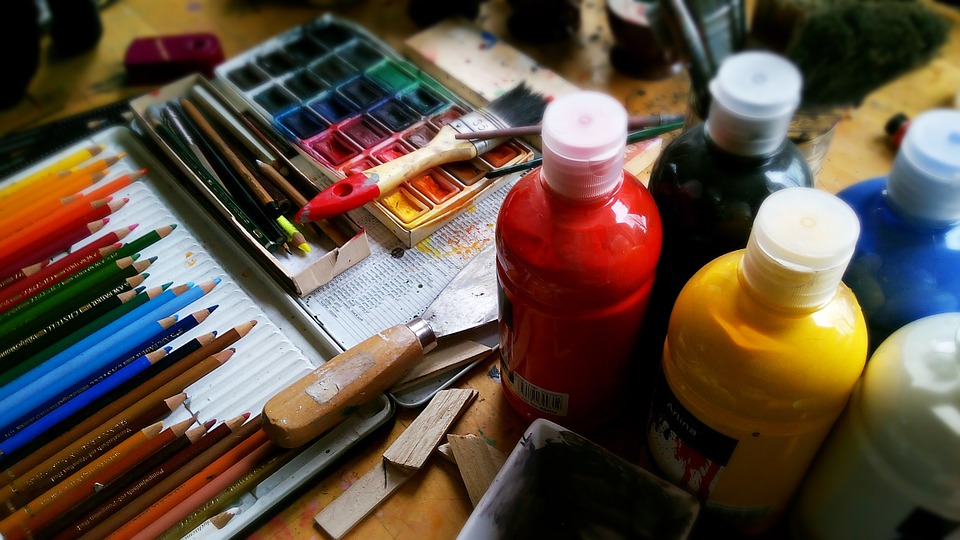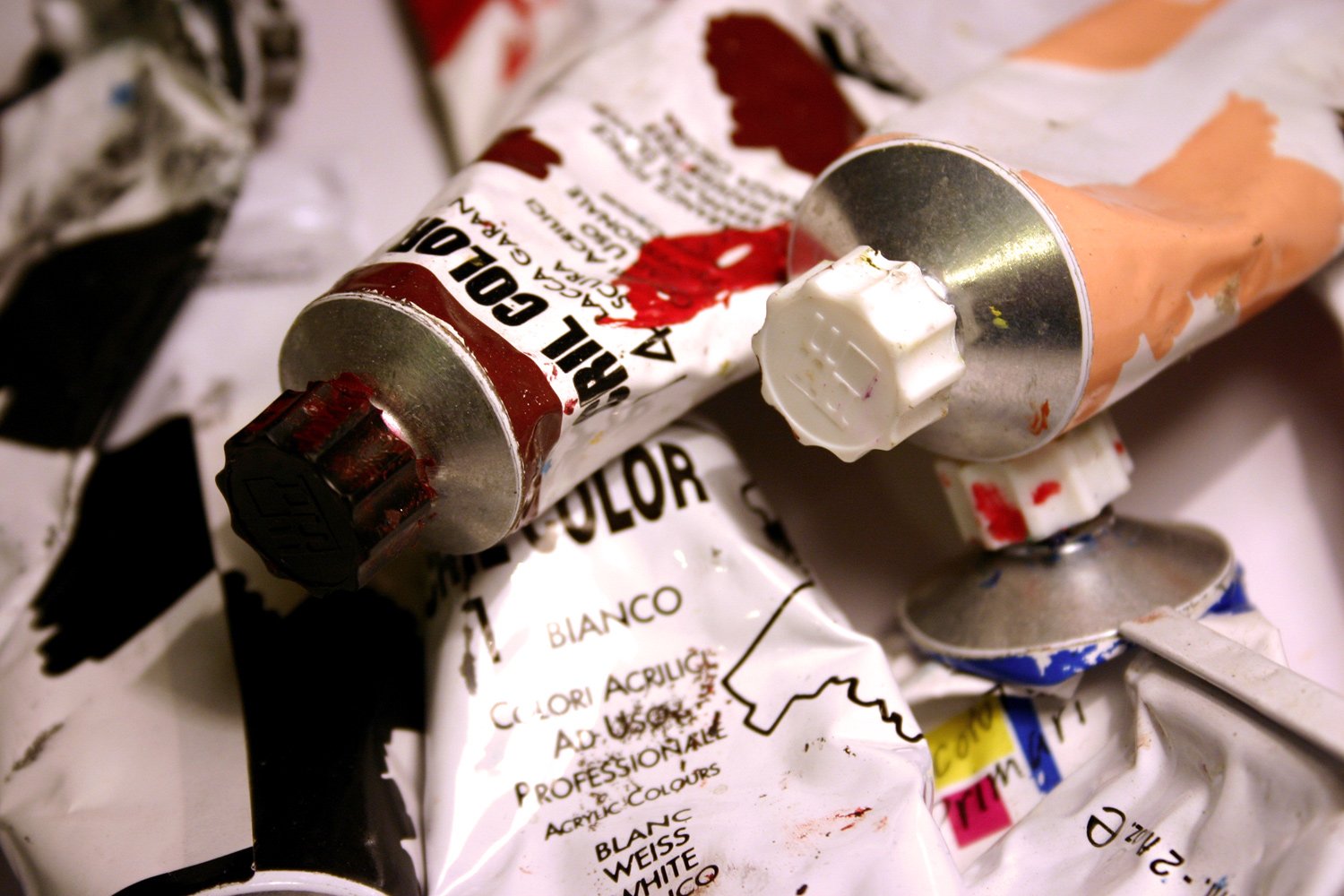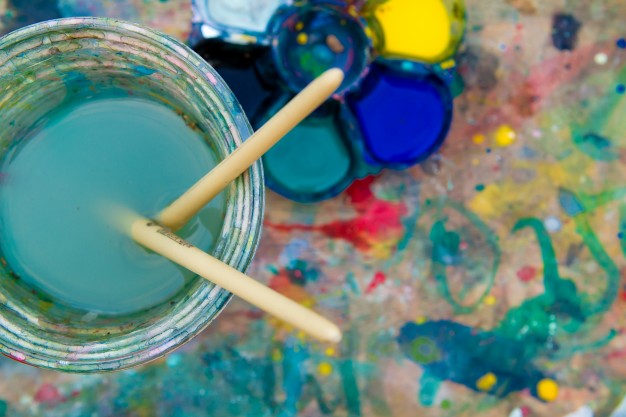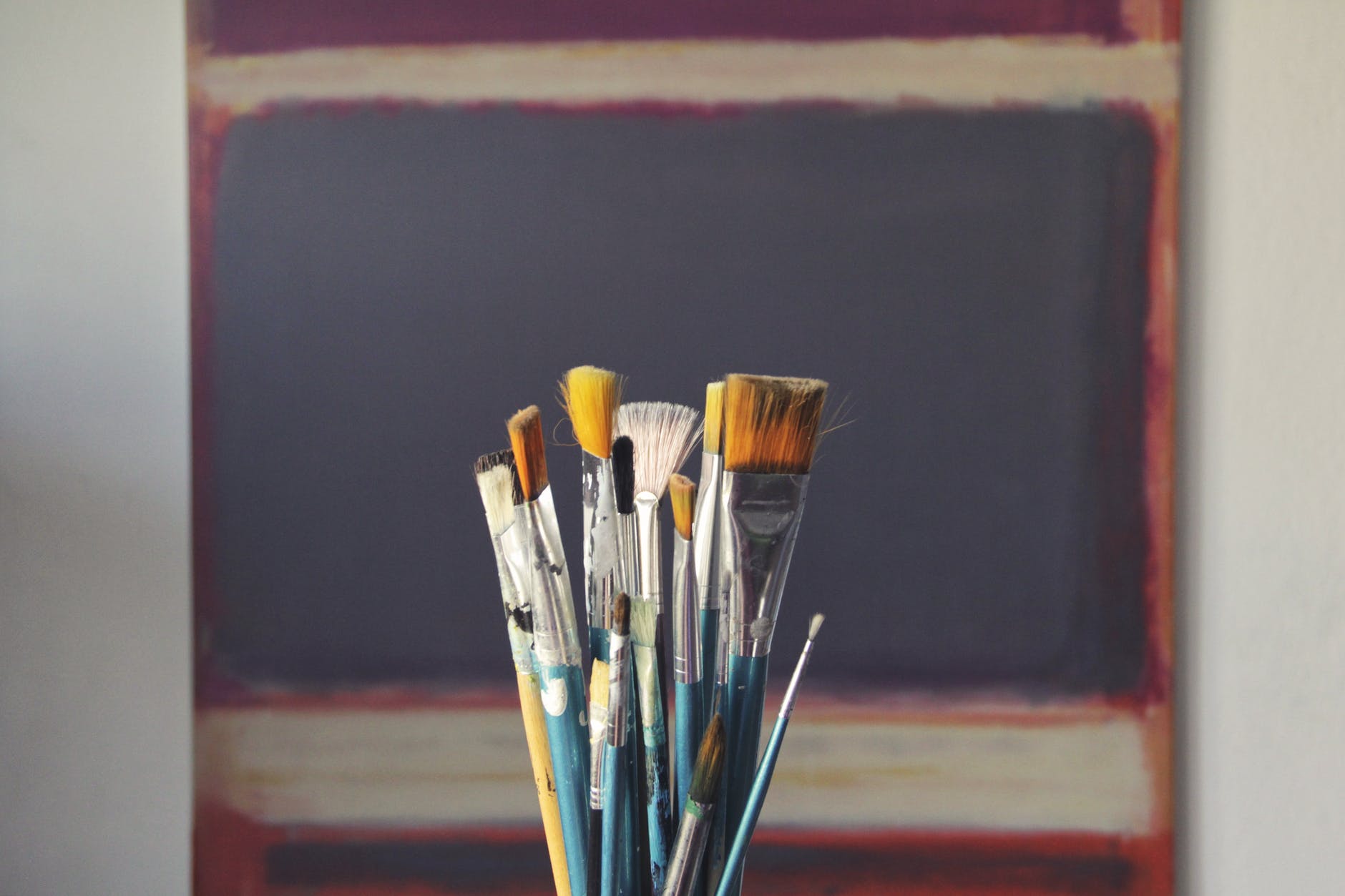Painting makes for a great hobby for both children and adults. Besides enhancing creativity, it improves concentration, promotes a positive attitude and nurtures emotional growth. Aside from that, hanging your own creation in your living room can be a great way to welcome art into your home. But, before you hit your favourite arts and crafts store, there are a couple of things you need to know.
The Advantages of Acrylic Colours
There are many types of paints you can choose from – from the basic watercolours and tempera paints, oil and pastel ones to the various acrylic options. Truth be told, not all of them are equally good, especially for beginner painters. Acrylic paints are one of the most recommended art supply choices and a great starting point.
If you’re wondering why, keep in mind that acrylic paints are pretty easy to work with on different surfaces that are oil and wax-free. Acrylic paints also dry quickly, which will allow you to work on your masterpiece’s details without waiting an eternity for it to dry.

Also, unlike watercolours and some other painting art supplies, acrylic paints won’t crack or fade over time but will stay on the canvas for years, allowing you to follow your painting progress and cherish the artworks you made years ago.
Besides being the most durable painting art supply, most acrylic paints nowadays are based on water, which means they’re easy to clean off surfaces if accidentally splashed. Plus, they are non-toxic and safe for children.
Choosing the Right Acrylic Paints
Acrylic paints are not a one-size-fits-all choice for every painter, and as a beginner, picking the right ones can be a very daunting and overwhelming task. That’s why we made a list of the factors you must consider before splurging on your new painting art supply kit.
Quality
When we’re talking about acrylic paints’ quality, we mean about two types of acrylic paints- student quality and artist quality paints.
So, as a beginner, student quality acrylic paints are a great point to start from, since they provide a great base for mixing and experimenting and are way more budget-friendly than the artist ones. But once you take your painting skills on a more advanced level and eventually start earning from your art, it’s time to ditch the student grade paints and upgrade your painting kit with some artist quality acrylic paints, since they come in a wider range of shades, have a higher concentration of finely ground pigments which makes them more vibrant and are suitable to smoothly blend and layer on the canvas.

Viscosity
The smoothness of the colour that allows you to mix and blend colours is referred to as viscosity. At this point, know that there are heavy body acrylics that have thick, buttery consistency which is great for retaining brushstrokes or mixing and blending different colours. On the other hand, fluid acrylics are thinner and more suitable for detailing, staining and using some watercolour techniques with your acrylic paints.
If you want to choose something in-between, there’re also paints with medium viscosity levels which allow mixing to get the exact consistency you’re aiming for.
Permanence
The acrylic paints’ permanence, or sometimes referred to as light-fastness is the ability of the paint’s pigment to resist fading once it’s exposed to light. Unlike watercolours and oil paints, acrylics have much higher permanence ratings which can vary from one star which means fugitive to five stars which means extremely permanent.

Drying Time
Even though a lot of artists prefer acrylic colours because of their fast drying time, the other ones usually struggle with the paint drying out on the brush or the palette before getting done with the painting or when mixing colours on the canvas to create different blending effects. Luckily, you can use a retarding medium or interactive/open acrylics to extend the paints’ drying time and take your time on detailing your creation. These kinds of additives and paints will make the colours dry slower without compensating for the versatility and permanence of acrylics.
The Format Matters
Depending on their viscosity, acrylic colours come in tubes, jars, bottles or drippers and many other formats. As much as this is a matter of personal preference, know that their format can affect their consistency. This is why heavy body paints in tubes have a paste-like texture and the ones in jars tend to be thicker. On the other hand, fluid colours often come in bottles or drippers which makes it easy to apply them to the palette.
Choosing the Right Brushes
Being a beginner in the world of painting means having no idea which shapes and sizes of brushes to get along with your painting art materials. So starting from the shapes, you’re going to need a couple of flat, rectangular brushes with flexible ends for making long strokes and painting or blending larger areas and a couple of round, pointed brushes for finer lines and details.

Talking about brush sizes, they’re different for each of the shapes. So, know that the smaller brushes give you great versatility when it comes to detailing your creation, and the larger ones are very convenient for painting larger areas.
While we’re at choosing brushes, know that synthetic fibres are more suitable and recommended for acrylic paints, since they are easier to clean, can cope well with the acrylic resin and cost less than natural ones. But if you want to “go organic”, natural brushes can be still used with acrylic paints as long as they’re free of any oils or turpentine which repel the acrylic paints. Also, make sure you clean them quickly after each use since natural fibres tend to absorb the colour and stain over time.
Choosing the Right Canvas
Having a couple of good acrylic colours and the proper brushes would be in vain if you don’t choose the right surface to apply them on. As much as acrylic paints are very versatile, applying them on a canvas is one of the most popular options due to how great it feels under the brush and the convenience of transporting art creations in different places. So, when choosing a canvas, make sure you consider its fabric, texture and priming.
Starting from its fabric, the most commonly used materials are cotton and linen. While linen materials are considered as the best surface for acrylics which will last very long, know that they’re way more expensive than cotton materials which are underestimated when it comes to their quality and durability.

The texture of the canvas also plays a great role, since different textures are intended for different types of paintings. Smoother surfaces made of fibres that are finely woven are suitable for more detailed paintings, while rougher weaved ones often come as larger canvases which are suitable for broader brush strokes.
Finally, some canvases are primed with gesso, a mixture of Paris powder, glue and chalk or pigment to prevent the paint from getting absorbed into the fabric and deliver a smooth, bright and glossy painting. On the other hand, you can also find unprimed canvases which leave a dull, textured colour effect as they absorb some amounts of the paint.
Having the right acrylic paint and art supplies is the first step to becoming a successful painter and selling expensive, original artworks, so make sure you choose them wisely.